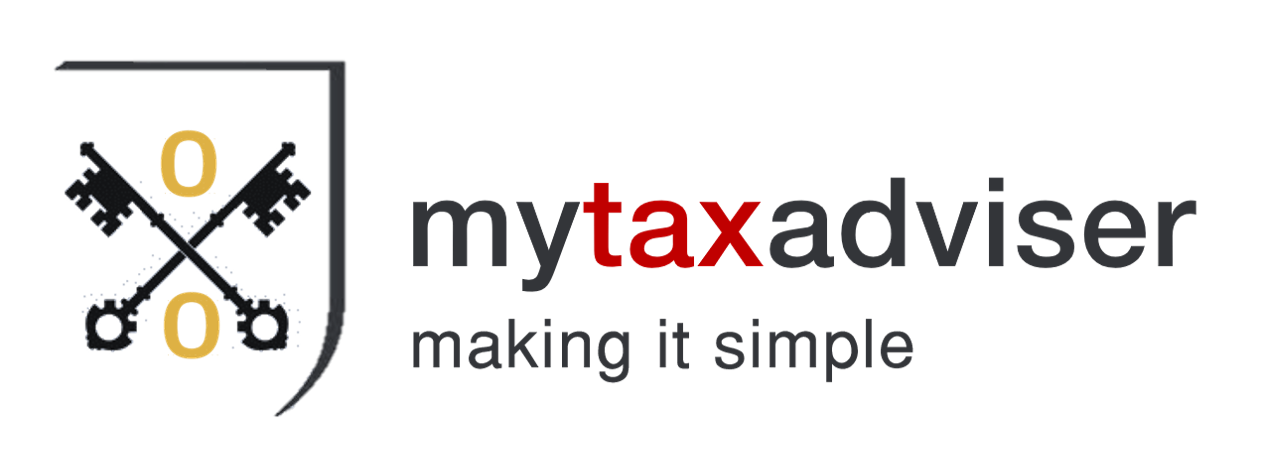11 July 2018
Fuelling Growth Through Enterprise Investment Scheme
The Enterprise Investment Scheme (EIS) was introduced in 1993 to encourage investment in early-stage companies. EIS currently offers income tax relief of 30% of the value of the investment and capital gains tax (CGT) exemption upon disposal. In 2015 the government introduced a series of measures that changes the eligibility rules. Despite these restrictions, EIS remains an attractive way for investors to save tax efficiently, and for entrepreneurs to raise funds for growth.
What is Enterprise Investment Scheme?
EIS income tax relief and CGT relief is available for individuals who subscribe in cash for ordinary shares in qualifying companies. Investments in the form of loans that convert into shares will not qualify.
Income Tax Relief
Investors may claim relief against income tax for funds used to subscribe for new ordinary shares issued by qualifying companies, up to the annual investment limit of £1 million (£2 million if invested in knowledge-intensive companies (KICs) after April 2018).
The income tax liability of the investor is reduced by 30% of the sums invested, provided the shares are held for at least three years. In general, relief is available for the tax year in which the shares are issued, and can only be used to the extent that they have an income tax liability – it cannot create a loss or a repayment of tax. If an individual has not used their EIS allowance in the previous tax year, they can carry back up the relief, in whole or part, in order to accelerate relief.
Illustration 1
In 2017-18 Johnathan invested £200,000 in subscribing for new ordinary shares in a qualifying company. His income tax liability for 2017-18 is reduced by £60,000 (30% of £200,000).
Capital Gains Tax Relief
Provided that the shares are held for a minimum of 3 years and retain their EIS status, no CGT is payable on the sale of the shares. Relief is also given for any allowable losses arising on the disposal of the shares (net of income tax relief at investment) against either income or chargeable gains.
Who can be a qualifying investor?
To qualifying for EIS reliefs, the investor must not be connected with the issuing company, which means that EIS is not normally available to directors and employees of the company. However, there are some exceptions for certain directors to benefit from the reliefs. The rules in this area is complex and would need to be reviewed on a case by case basis.
Furthermore, in order to benefit from the EIS reliefs, the investor cannot directly or indirectly hold more than 30% ordinary share capital or voting rights.
Which companies qualify for EIS?
There are complex rules that determine whether the issuing company is a qualifying EIS company. The key requirements are as follows:
has a permanent UK establishment;
carry on a qualifying trade, which excludes dealing in land, property development and banking amongst other things;
is unquoted when the shares are issued;
does not control another company;
is not controlled by another company;
does not have gross assets worth more than £15 million before any shares are issued, and not more than £16 million immediately afterwards;
have less than 250 employees (500 for KICs) at the time of the shares are issued;
the shares are issued within 7 years of the first commercial sale.
In addition, companies can only raise a maximum of £5 million in aggregate between EIS, Seed Enterprise Investment Scheme (SEIS) and Venture Capital Trust Scheme (VCT) on a rolling 12 month basis. The company must also use the cash invested within two years for some sort of trading purpose. Finally, the subscription must be made for genuine commercial reasons and not for tax avoidance purposes.
How can we help?
EIS is designed to help companies to raise money and help grow their businesses. It does this by offering tax reliefs to individual investors who subscribe to ordinary shares of the company. However, the rules in this area are complex and involve detailed paperwork from business plan and cash flow forecast to shareholder agreements and prospectus.
Whether you are looking to attract finance or contemplating an investment opportunity, our cumulative knowledge and expertise in the market are available to provide you with the best advice.
The above information is intended merely to highlight issues and not to be comprehensive, nor to provide advice. Should you have any questions on issues reported here or on other areas of law, please contact one of your regular contacts, or alternatively please contact enquiries@mytaxadviser.co.uk.


